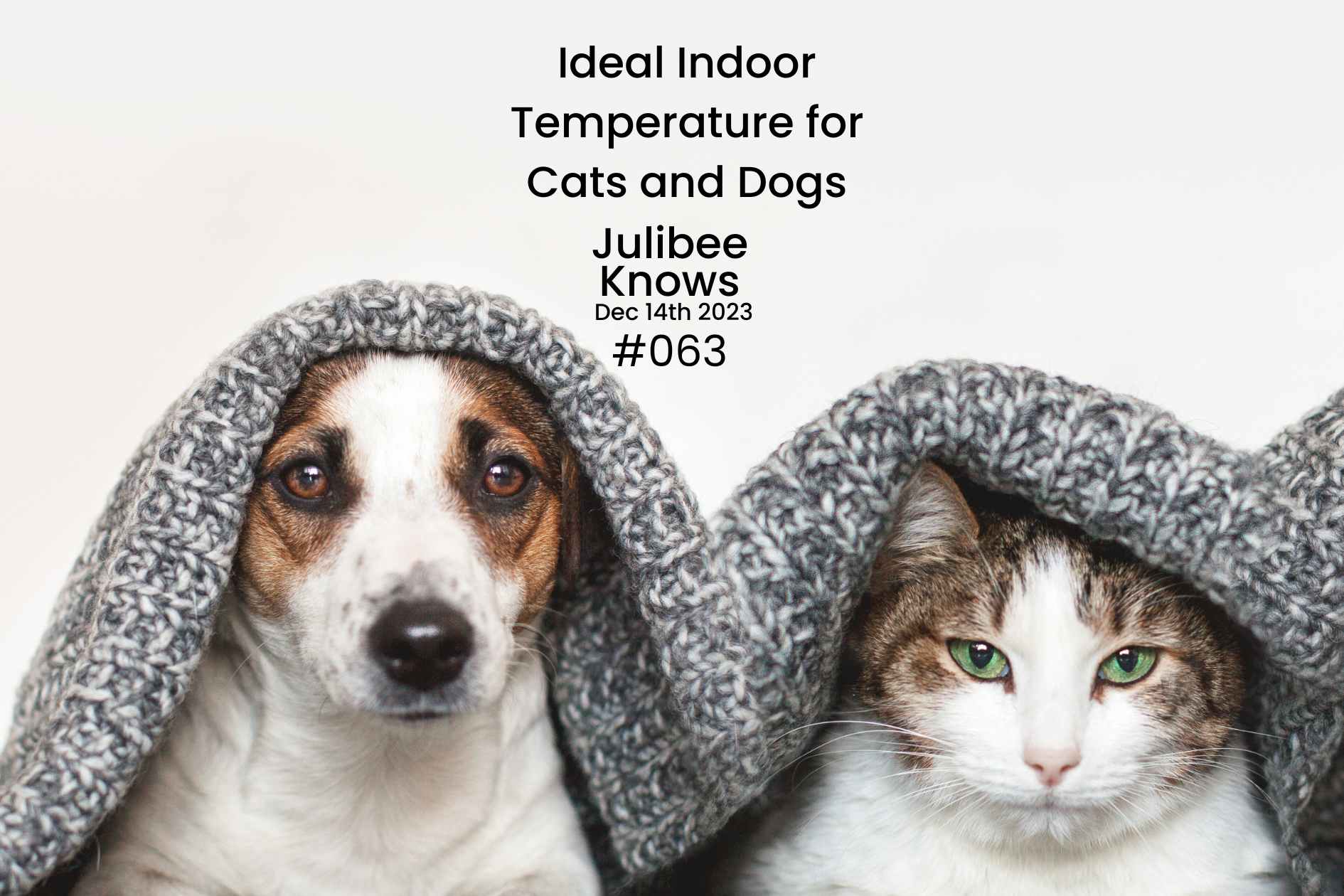The cold winter has arrived, and do you know the ideal indoor temperature for your cats and dogs? While humans know the most comfortable indoor temperature for themselves, what about our pets? Although their body-regulating abilities are more efficient than humans, they also have limits. The following information might offer some reference for you.
How Does Indoor Temperature Affect Pets?
Like humans, our pets need to adapt to indoor temperatures in both summer and winter. Overweight or heavily-furred pets may be more affected by warm indoor temperatures in summer, while smaller, short-haired, or hairless breeds may be uncomfortable in winter. In most cases, if you feel the temperature is comfortable, your pets will likely feel good too. If you use air conditioning or electric heaters at home and turn them off to save electricity when you're not home, your pets may become uncomfortable.
Overly hot indoor temperatures in summer can cause heatstroke in cats or dogs. Winter is somewhat better, and usually, temperatures won't drop to a fatal level for cats or dogs. However, cold temperatures can make your pets uncomfortable, stressed, or even drowsy.
Best Indoor Temperature for Dogs
In summer, when you're at home, you generally adjust the temperature to a comfortable level, usually between 24 to 26 degrees Celsius. But when you leave home, remember to control the temperature as well, preferably not exceeding 28 degrees Celsius. Also, provide plenty of drinking water for your dogs. In the scorching summer, dogs with thick fur prefer cooler tile or cement floors.
In winter, 20 to 22 degrees Celsius is suitable for both humans and dogs. Remember not to let the temperature drop below 15 degrees Celsius when you're away. Also, prepare a blanket for small dogs, old dogs, short-haired dogs, or dogs with health issues. Place their bed in the sunniest spot indoors by opening curtains or blinds.
Best Indoor Temperature for Cats
Compared to dogs, cats can tolerate higher temperatures, reaching up to 30-32 degrees Celsius, which is uncomfortable for humans. However, for cats, this temperature is fine as long as there's enough drinking water. Temperatures below 22 degrees Celsius are a bit cold for cats, and it's challenging for them to maintain their natural body temperature. Therefore, when you go out in winter, be mindful not to let the temperature drop too low.
An economical solution is to consider getting a pet-specific heating pad for your cat, especially if you have an old cat, a kitten, a hairless cat, or a short-haired cat. Veterinary experts warn: never use human heating pads for cats, as they might chew or claw the wires, risking electric shock and harm.





2 comments
It’s truly very complkex in this active life to listen news on TV,
therefore I only use internet for that purpose, and get the hottet news. https://odessaforum.biz.ua/
It’s truly very complex in this active liffe to listen nesws
on TV, therefore I only use internet for that purpose, and get thee hottest news. https://odessaforum.biz.ua/